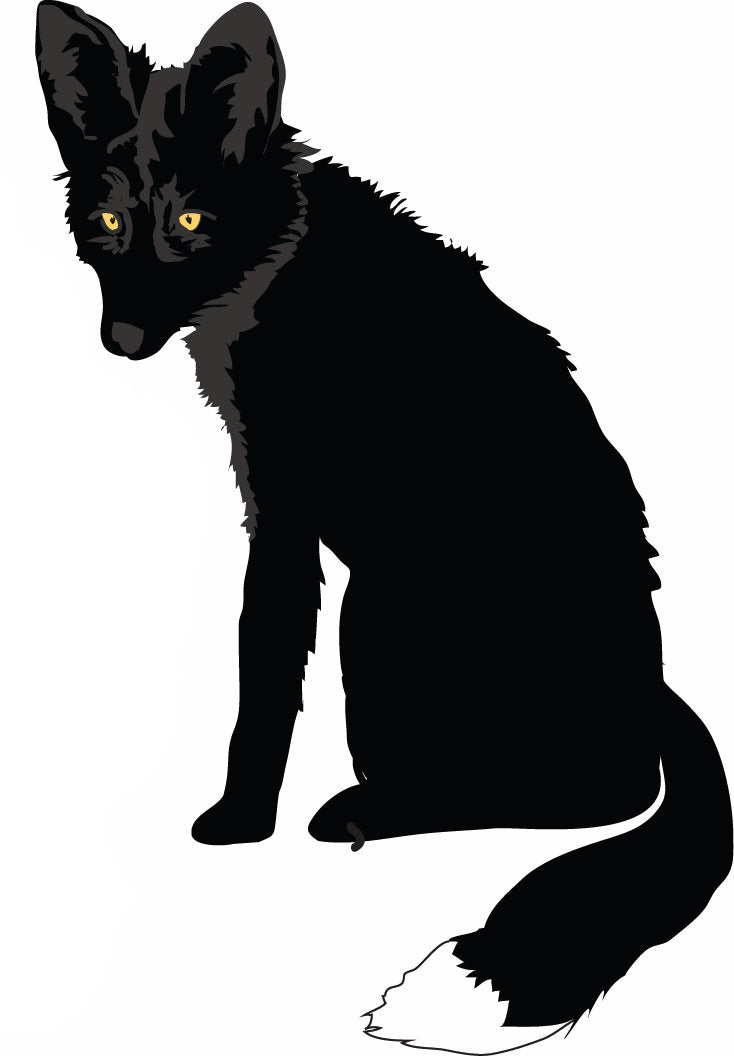Japan is a country rich in culture and tradition, with a fascinating history that spans centuries. One intriguing aspect of Japanese folklore is the figure of Inari. In this blog post, we will delve into the history of Inari, exploring its origins, significance, and evolution over time.
What is Inari?
Inari is a Shinto deity associated with rice, agriculture, and foxes. It is often depicted as a fox or a human figure with fox-like features. Inari is considered one of the most important and revered deities in Japanese mythology, with a history that dates back to ancient times.
Origins of Inari
The origins of Inari can be traced back to the 8th century, during the early Heian period. Inari was initially worshipped as a god of fertility and agriculture, believed to bring abundant harvests and prosperity to the people. The figure of Inari became closely associated with rice, which was and still is a staple food in Japan.
Evolution of Inari
Over time, the worship of Inari expanded beyond agriculture and fertility. Inari became associated with business, commerce, and success in various endeavors. This expansion of Inari's domain can be attributed to the rise of merchant culture in Japan during the Edo period (1603-1868). Merchants and traders began to seek Inari's blessings for prosperous business ventures.
Symbolism of Foxes
One of the most distinctive features of Inari worship is the association with foxes. In Japanese folklore, foxes are believed to be messengers of Inari and possess supernatural powers. They are seen as guardians and protectors of Inari's shrines. The foxes are often depicted with a key in their mouths, symbolizing the opening of the rice granaries and the granting of prosperity.
Inari Shrines
Inari shrines, dedicated to the worship of Inari, can be found throughout Japan. These shrines are characterized by their distinctive red torii gates and statues of foxes. They serve as places of prayer and offerings for those seeking Inari's blessings. The Fushimi Inari Taisha in Kyoto is one of the most famous and revered Inari shrines in Japan.
Inari in Modern Japan
Even in modern Japan, the worship of Inari remains prevalent. Inari continues to be associated with prosperity, success, and good fortune. Many businesses, especially those related to agriculture and commerce, pay homage to Inari and seek its blessings for their endeavors. Inari festivals, known as "O-Inari-san," are celebrated throughout the country, attracting locals and tourists alike.
Conclusion
The history of Inari is a testament to the enduring significance of mythology and folklore in Japanese culture. From its origins as a deity of agriculture to its association with prosperity and success, Inari has evolved and adapted to the changing needs and beliefs of the people. Today, Inari continues to be revered and worshipped, embodying the hopes and aspirations of the Japanese people.


